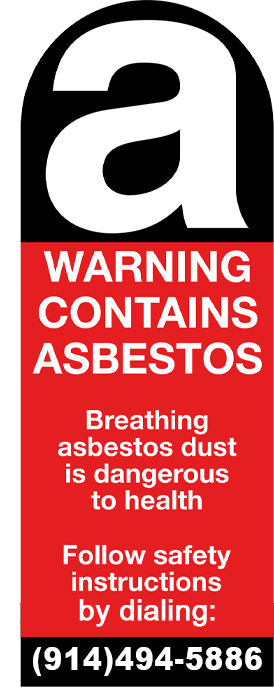
Cracking the Code: Identifying Asbestos Floor Tiles
Imagine this scenario: You're on a mission to uncover the truth about your flooring, and asbestos is your prime suspect. Armed with knowledge, you embark on a close inspection. While asbestos's presence isn't always glaringly obvious, there are telltale signs that can help you crack the case.
Age of Floor Tiles: Unearth the Past
Start your investigation with a trip back in time. If your home or workplace was built before the 1980s, especially during the intense asbestos era from the 1950s to the 1980s, there's a high likelihood that asbestos has a role in your flooring's history.
Tile Size: Measure the Clues
Size matters in this detective story. Asbestos floor tiles from that era typically came in larger sizes – 9"x9", 12"x12", and occasionally 18"x18". They were thicker than modern tiles, which is another significant clue.
Discoloration: A Fading Secret
Inspect your flooring closely. Do you see an oily discoloration? This might be a subtle hint of asbestos's presence. Asphalt, a common material in asbestos tiles, could cause this discoloration when the incorporated oil leaked, leading to fading.
Black Adhesive: Stick to the Clues
Have any tiles come loose, revealing thick black adhesive beneath? This is black mastic, also known as cutback adhesive. It was widely used to glue asbestos floor tiles down and often contains asbestos, even if the tiles themselves do not.
Uncover the Manufacturer's Trail
Flip the tile and delve into the manufacturer's secrets. Look for letters and numbers at the center of the back of the tile. These codes reveal which U.S. ceramic tile manufacturer crafted the product.
The Verdict: Seeking Certainty
While these clues can point you in the right direction, there's only one surefire way to crack the case: calling in a licensed asbestos inspector. They'll examine your home and send a sample to a certified laboratory for analysis. A clear and accurate result will provide the answers you seek and grant you the peace of mind of knowing your home is safe.
Are Asbestos Floor Tiles a Silent Threat?
The verdict is clear: asbestos floor tiles themselves are not inherently dangerous – unless they're disturbed. When damaged, these tiles become friable, meaning they crumble easily, releasing asbestos fibers into the environment. Some triggers for increased friability include:
- Physical damage from drilling, grinding, cutting, or sawing.
- Water damage to the tiles.
- Aging of the tiles.
- Continuous vibration.
If you're planning a flooring project during home remodeling and want to remove asbestos vinyl tiles, here's your game plan:
- Seal the work area securely.
- Suit up in protective gear: a full suit, respirator, gloves, and boots.
- Lift the vinyl tile gently, aiming to minimize breakage.
- As you lift the flooring, wet any asbestos paper tile backing.
- Carefully scrape up any adhering mastic.
- Dispose of debris properly in an asbestos waste bag.
Your journey to uncovering the truth about asbestos floor tiles can lead to a safer and healthier home. Just remember to tread carefully and, when in doubt, call in the experts.
Ready to ensure your home's safety? Contact JV Contracting
At JV, Safety is Our Middle Name!
We're not just experts; we're your trusted allies in ensuring your space is asbestos-free. When it comes to asbestos inspection and removal, we've got your back!
Is Your Home Safe?
Asbestos FAQ's
Attic insulation pre-1980s often contains high asbestos levels. It's friable, easily releasing fibers when disturbed.
Gear up with the right protective equipment, wield your trusty tools, and adhere to the best practices for handling and storing samples.
Several flooring components can contain asbestos, such as vinyl floor tiles, sheet flooring, and asphalt floor tiles.


